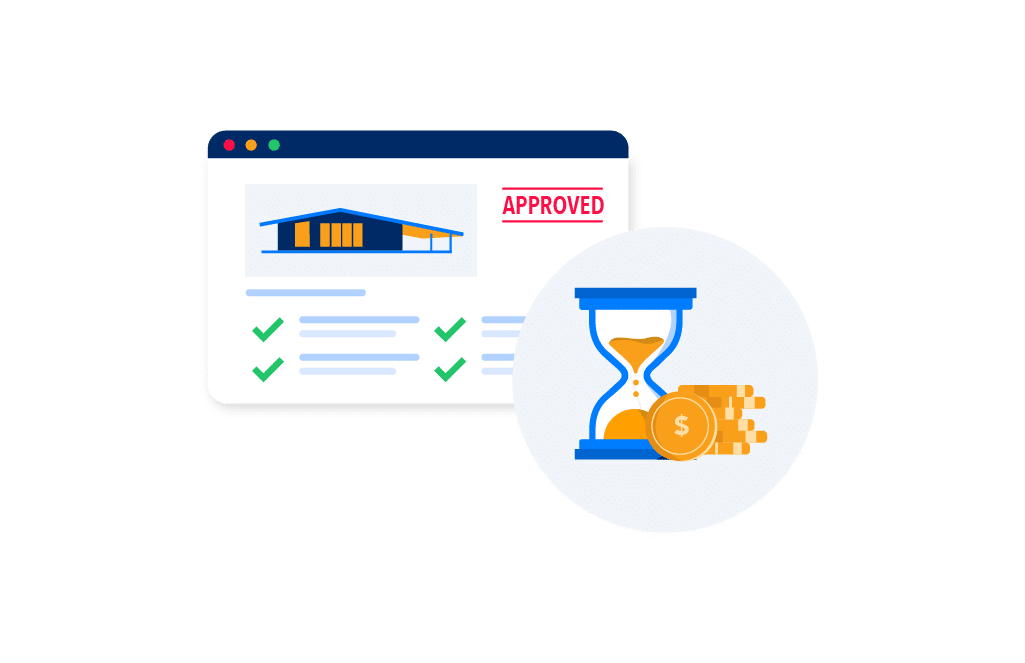AI is shaping how mortgages and lending will be conducted in the future. From increasing the accuracy of risk assessments, streamlining customer service operations, and monitoring changes in compliance and regulatory laws, the use of AI has taken the mortgage industry by storm. Whether you are a mortgage broker, lender, or user, having accurate analysis and improved customer experience can save financial burden and propel you to success.
Because so much industry data is still on paper, teaching automated systems to manage mortgage documents better will be critical. In fact, this may be one of the most exciting areas for AI implementation in the near future as it could enable paperless transactions in mortgage lending.
We are already seeing exciting new solutions for Optical Character Recognition (OCR), turning paper based processes electronic. OCR in mortgage has been a challenge because the loan documents that carry the information are not uniform. Even in post-close when paper mortgage documents are somewhat normalized, we still see differences based on home loan type, investor requirement and regulatory jurisdiction.
Traditional OCR solutions fall short here because they lack the document recognition capabilities that enterprise document management systems possess. This is why mortgage companies have remained tethered to a mortgage process that involves so much manual processing. Even after the lender has all of the documents scanned, a human still has to handle document classification before automation can take over.
Fortunately, AI can change this, eliminating the dedicated manpower currently required to get the data off of the documents and into the lender’s LOS for processing. This has the potential to save mortgage professionals time and money. In addition, AI reduces human error. The end result is faster loan processing, which increases borrower satisfaction and protects important business referral relationships.

For servicers, AI can track borrowers in portfolio, alerting the servicer when the consumer goes in search of a new home or mortgage and thus giving them an important tool for staving off portfolio runoff?
To be effective, new systems will process paper at all stages of the loan origination or mortgage servicing process. This includes document capture, document classification, data extraction, verification and delivery.
AI will likely be most helpful for data extraction. Because there is such a large variance in the type of documents used to carry the information lenders need, advanced text recognition technology will be required to automatically extract data accurately from scanned images and make that information available for electronic processing.
These new technologies will finally get the industry to a fully paperless process.
Paperless transactions.
Paper is a problem. It costs money to buy, print on, and store. When it gets lost, as it invariably does, it takes money to find or replace. The paperless mortgage transaction has long been a goal for the industry, but not just to make the work lenders and servicers do cheaper and easier, but also because it gives borrowers more transparency, regulators and secondary market players — including Fannie Mae and the Consumer Financial Protection Bureau — greater compliance and makes everyone involved in the process more profitable.
A completely digital mortgage starts when the borrower applies for a mortgage and doesn’t end until it has the borrower’s electronic signature and the loan is funded and assigned to a servicer.

Federal law made this possible two decades ago, but to close a loan electronically requires every party to the transaction — the lender, buyer, seller, closing title agent and notary — to all participate. Further, it requires the investor, the party that ultimately provides the money the lender is loaning to the borrower, to accept an electronic promissory note. A complete solution would include technology for eSign, eClosing, eVault, eDocuments, and eNotary.
Because compliance requirements vary by jurisdiction, loan product and investor or government guarantor (in the case of FHA or VA loans, for instance), the lender can’t scale a mortgage operation while managing compliance manually. It requires intelligent documents to provide visual cues and automated compliance rules so lenders will know down to the document and county level which documents can be eSigned and eNotarized and which need to be papered out and “wet” signed by the borrower.
At its core, digital lending is about providing additional automated data validation around systemically verifying the compliance of the data before it ever hits a document. This is where AI can play an important role. The result may be SMART Documents that allow lenders to use automated processes such as auto boarding and data verification without having to depend upon traditional OCR to pull information off of static forms such as PDF files.
Fortunately, there is plenty of reason for everyone in the industry to move swiftly in the direction of a completely paperless mortgage transaction. These include:
- Easier compliance in a very complex regulatory environment
- Fannie Mae and Freddie Mac moving to a more automated pre-closing quality control (QC) process
- Meeting the increasing demand on the part of investors and federal regulators for more data about the mortgage transaction
- Increasing competitive pressure from fintech firms
- The need to provide a better customer experience
All of these are best accomplished with a digital process.

